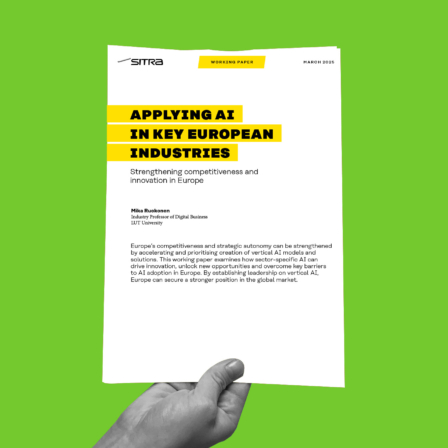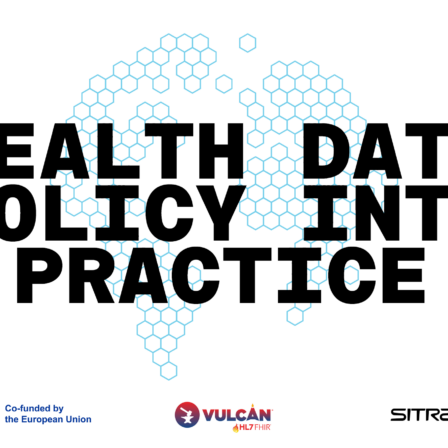A study carried out by Sitra and VTT Technical Research Centre of Finland assessed the challenges of using and sharing data when the entire production chain is optimised to align with the principles of sustainable development. A production chain is a process divided into stages and shared between multiple producers before the product is ready to be put on the market. The most important solutions for the future were seen to be the creation of a culture of sustainable development and responsibility in organisations and business, the integration of comparable and reliable data into decision-making processes and data sharing Data sharing Transfer of data between two or more parties. Open term page Data sharing under common rules and processes.
Sustainable development refers to a guided societal change aimed at securing good life opportunities for current and future generations. It also means taking equal account of the environment, people and the economy in decision-making and activities. Industrial activity in line with sustainable development can be seen in terms of monitoring, traceability and production management. Monitoring involves measuring industrial operations, for example, their emissions into water, air and soil. Data in this study refers to the measurement results. Traceability, on the other hand, aims to collect data throughout a product’s production chain, so that the state of the production chain can be traced back to the source of the raw materials. From the sustainable development perspective, however, the most effective way to achieve this would be to use data to steer production in line with sustainable development.
In our study, we focused on the challenges and development needs of forestry-based production chain operators in sharing and using of sustainable development data.
Our findings can be categorised as follows:
- Challenge: Defining sustainable development indicators and relevant data.
Solution: The key is to define coherent and comparable indicators with which we can identify the impact of operations on organisational responsibility, business formation and the surrounding society. - Challenge: Verifying the reliability of data and its real-time collection.
Solution: To identify what data is already collected and understand what additional data is needed and how to ensure the quality of data collection, as well as more real-time collection. - Challenge: Data collection, management and use in the ecosystem so that it promotes sustainable business practices.
Solution: This requires commonly agreed rules, data sharing platforms and operating models. - Challenge: Using data to guide operational processes and decision-making at all levels of the organisation.
Solution: Sustainable development data is not intended only for reporting purposes, but should be guided from the strategic level to cover the entire operating culture.
The four challenges outlined are interlinked and comprise data-driven whole. To optimise the sustainability of the entire production chain, co-operation within and across ecosystem is needed. The whole network must act together in sharing and using data to create and share value.
Data and its use in line with sustainable development builds competitive advantage for companies that is difficult to replicate. It advances innovation based on deep customer insight. Companies will be able to better understand their production chains through data-driven insights, and this will improve transparency on the lifecycle emissions of products and other sustainability factors, such as biodiversity and human rights. Transparency will strengthen trust in sustainable solutions. This will lead to more committed customers, delivery chains and employees, and attract capital flows from investors. The necessary technologies and capabilities exist; it is a question of learning to use them together wisely.



















Recommended
Have some more.